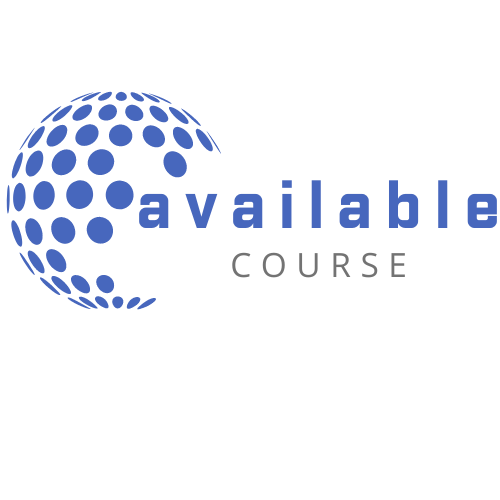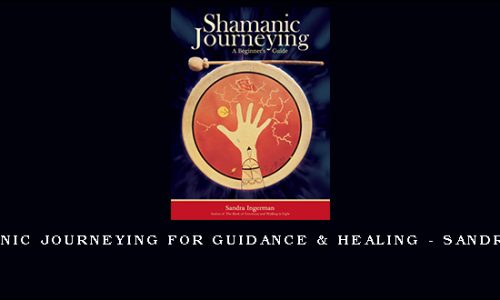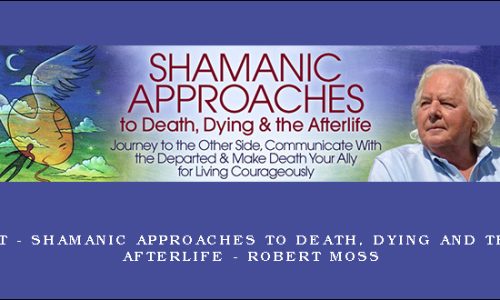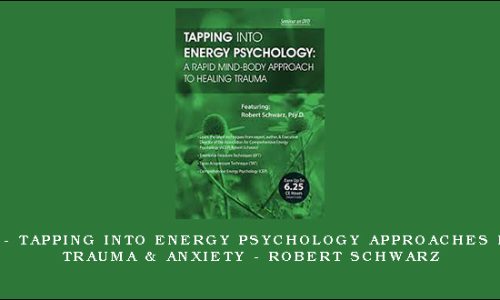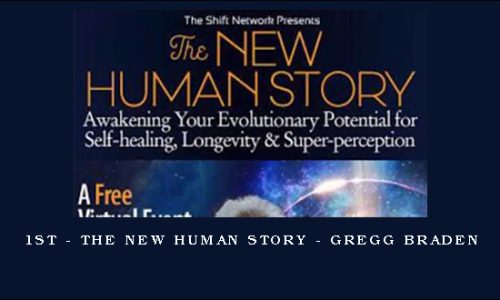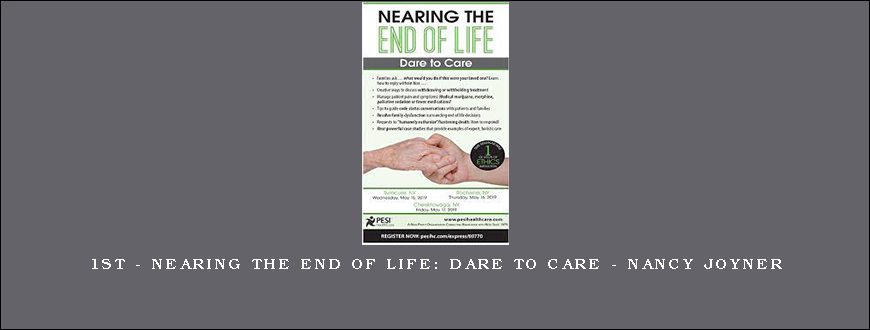
1st – Nearing the End of Life: Dare to Care – Nancy Joyner

Download 1st – Nearing the End of Life: Dare to Care – Nancy Joyner on Avaicourse.com
This course is available immediately. Please contact us at avaicourse17@gmail.com with the best service for more detailed advice.
Description:
Outline:
An Inexact Art & Science
Illness and dying trajectories
Frailty
Dementia
Prognostication and prognostic scales
When to refer to palliative care or hospice (disease specific)
Essentials of Care: Comfort, Communication, Choices, Control
Comfort Always
Morphine: Still the gold standard?
Pain during the final hours of life
Drug misuse: How to avoid it
Opioids for dyspnea
Thirst vs. xerostomia
Medical marijuana
Complementary and alternative therapies
Emotional distress interventions
The role of spirituality
Palliative sedation
Communication: Everyone is Involved
Advance care planning: More than just a form
The terminology matters
Your role in these critical conversations
How much can we share?
Truth vs. hope
Code status discussions
DNR does not mean do not treat
Addressing concerns and needs of the family
Thanatophobia: Is it fear of dying or fear of death?
Premortem surge
Near death awareness
The dying process
Choices: Shared Decision-Making
Nutrition & hydration choices
FITNESS – HEALTH – MEDICAL Course
More information about Medical:
Medicine is the science and practice of establishing the diagnosis, prognosis, treatment, and prevention of disease.
Medicine encompasses a variety of health care practices evolved to maintain and restore health by the prevention and treatment of illness.
Contemporary medicine applies biomedical sciences, biomedical research, genetics, and medical technology to diagnose, treat, and prevent injury and disease,
typically through pharmaceuticals or surgery, but also through therapies as diverse as psychotherapy, external splints and traction, medical devices, biologics, and ionizing radiation, amongst others.
Medicine has been around for thousands of years, during most of which it was an art (an area of skill and knowledge) frequently having connections to the religious and philosophical beliefs of local culture.
For example, a medicine man would apply herbs and say prayers for healing, or an ancient philosopher and physician would apply bloodletting according to the theories of humorism.
In recent centuries, since the advent of modern science, most medicine has become a combination of art and science (both basic and applied, under the umbrella of medical science).
While stitching technique for sutures is an art learned through practice.
The knowledge of what happens at the cellular and molecular level in the tissues being stitched arises through science.
More Course: FITNESS – HEALTH – MEDICAL
Outstanding Course:KIT DALE – GUARD PASSING MASTERCLASS
Course Features
- Lectures 0
- Quizzes 0
- Duration 50 hours
- Skill level All levels
- Language English
- Students 0
- Assessments Yes
